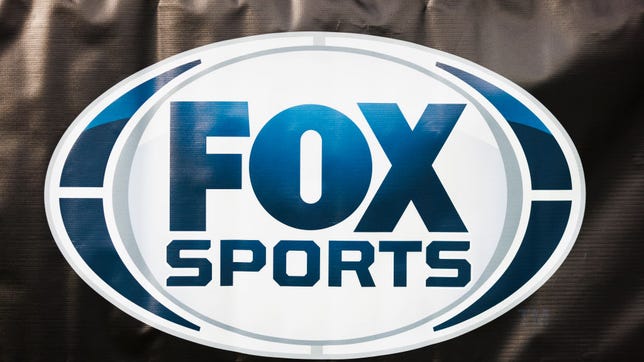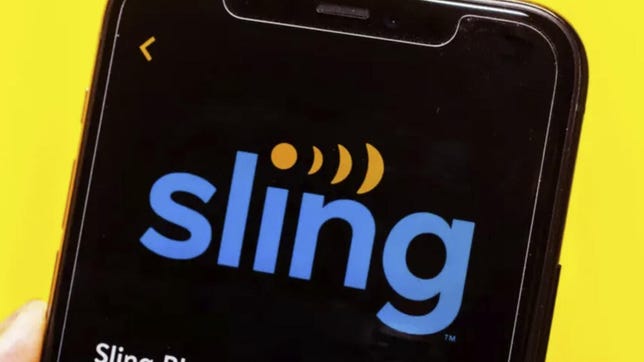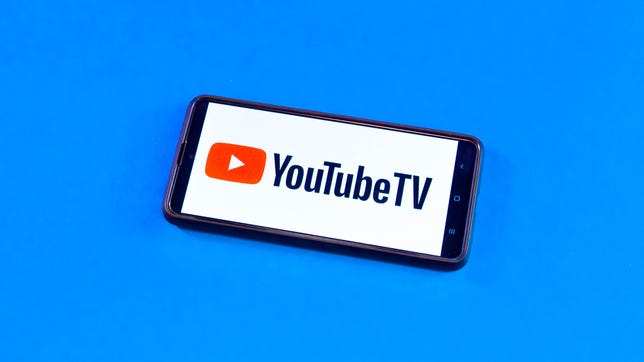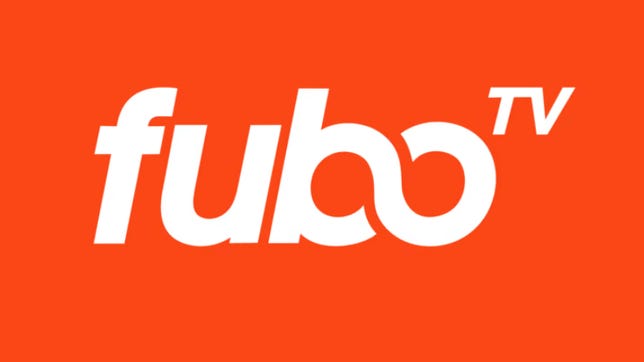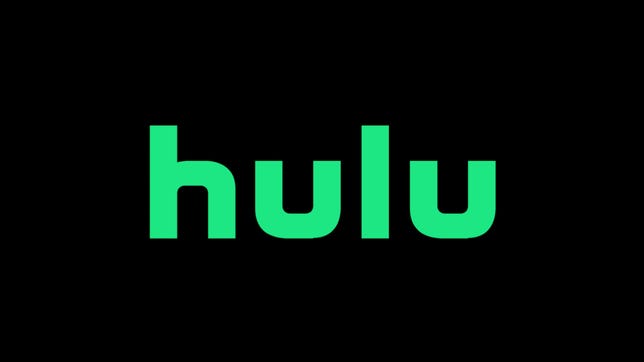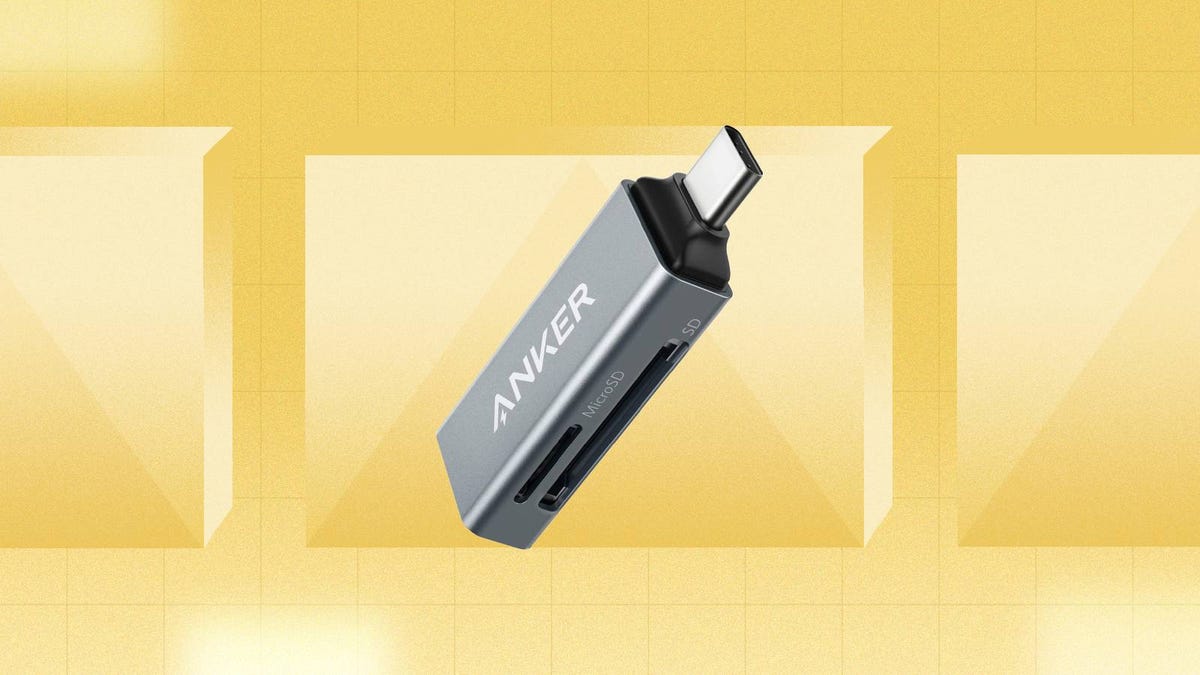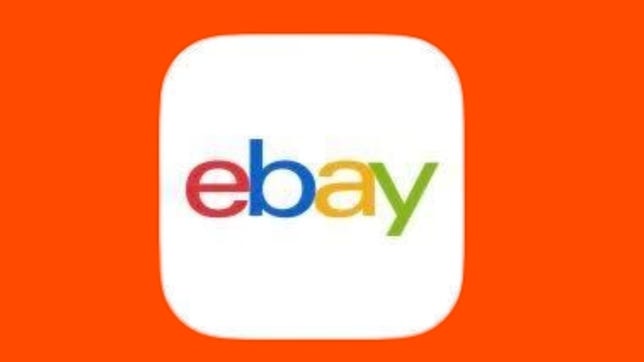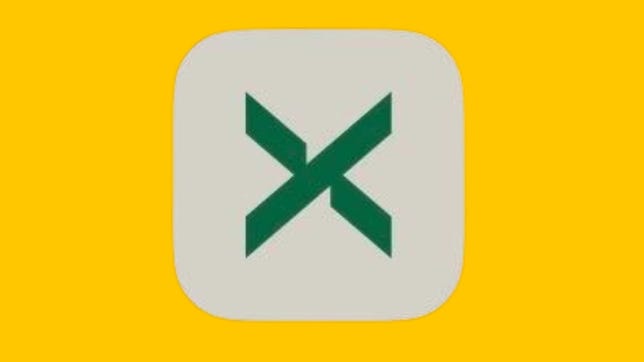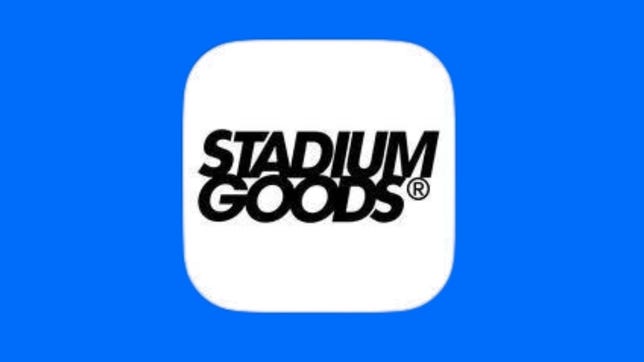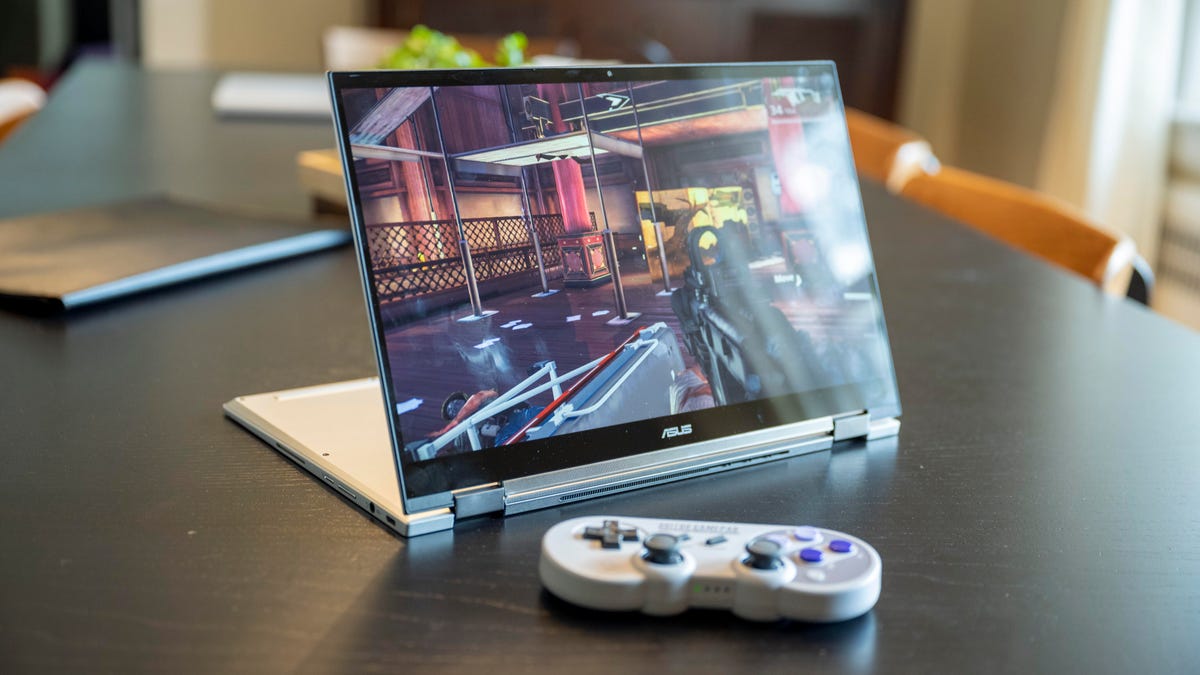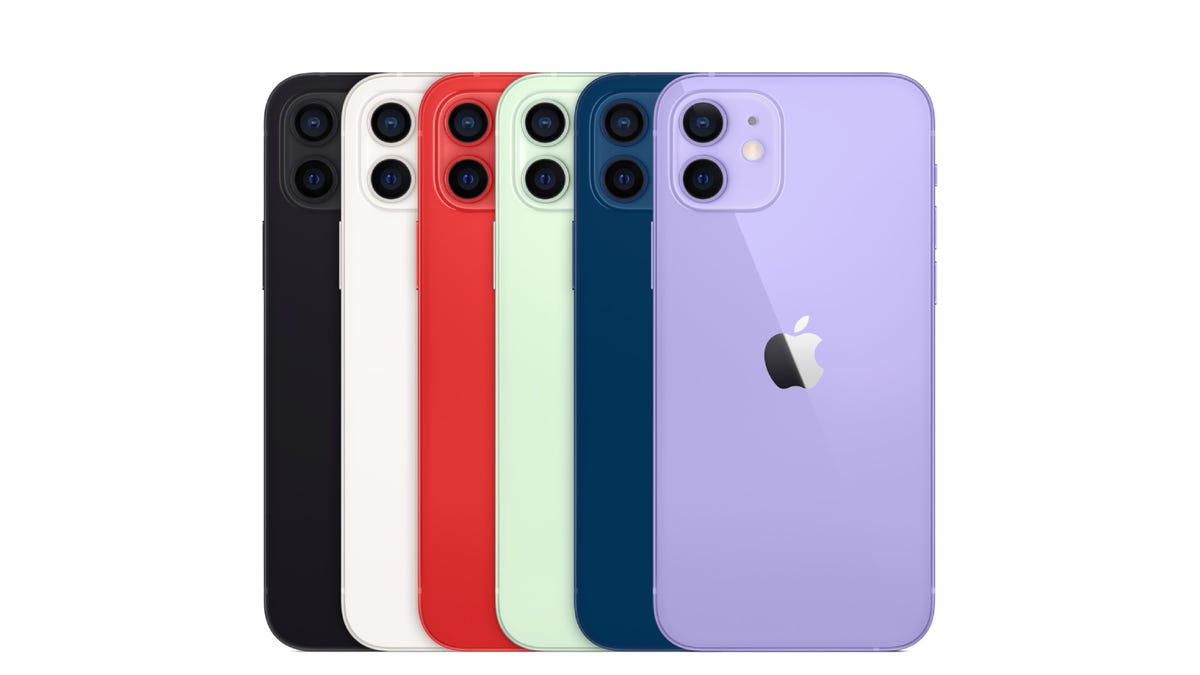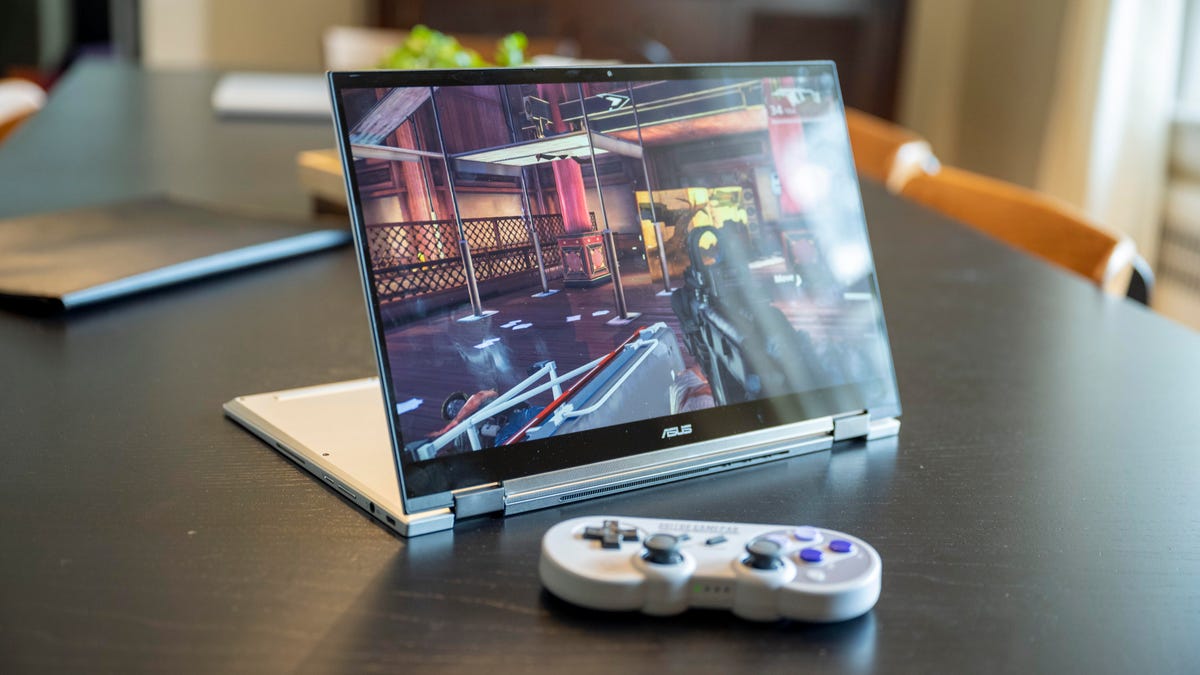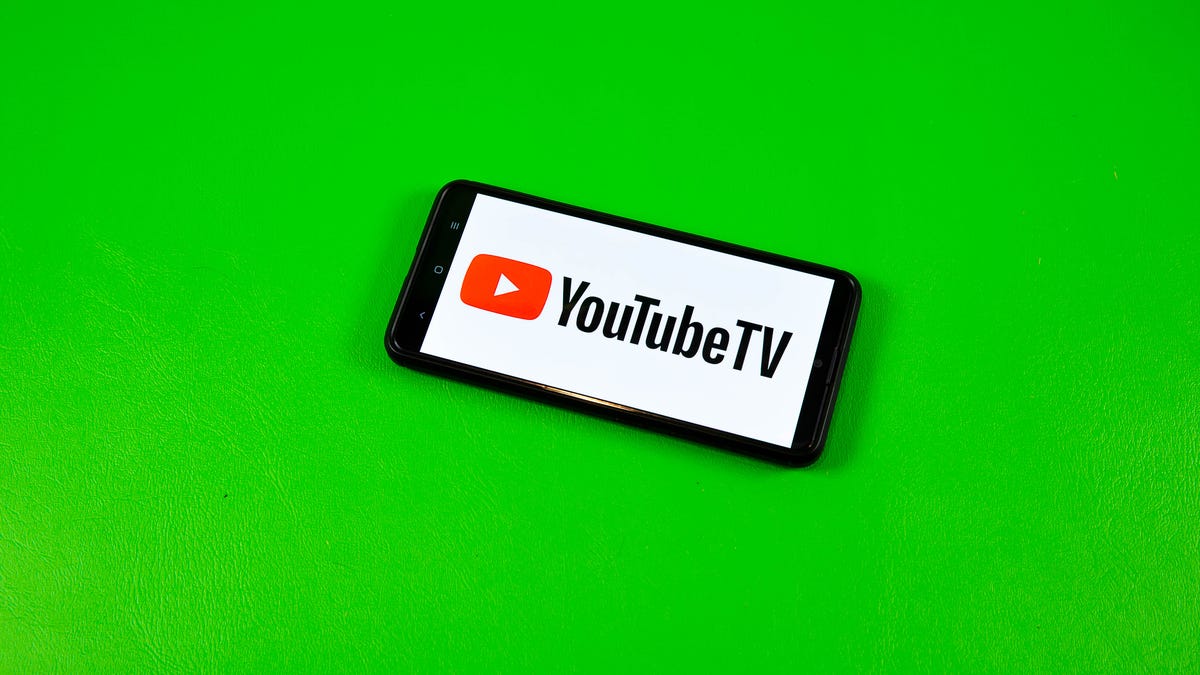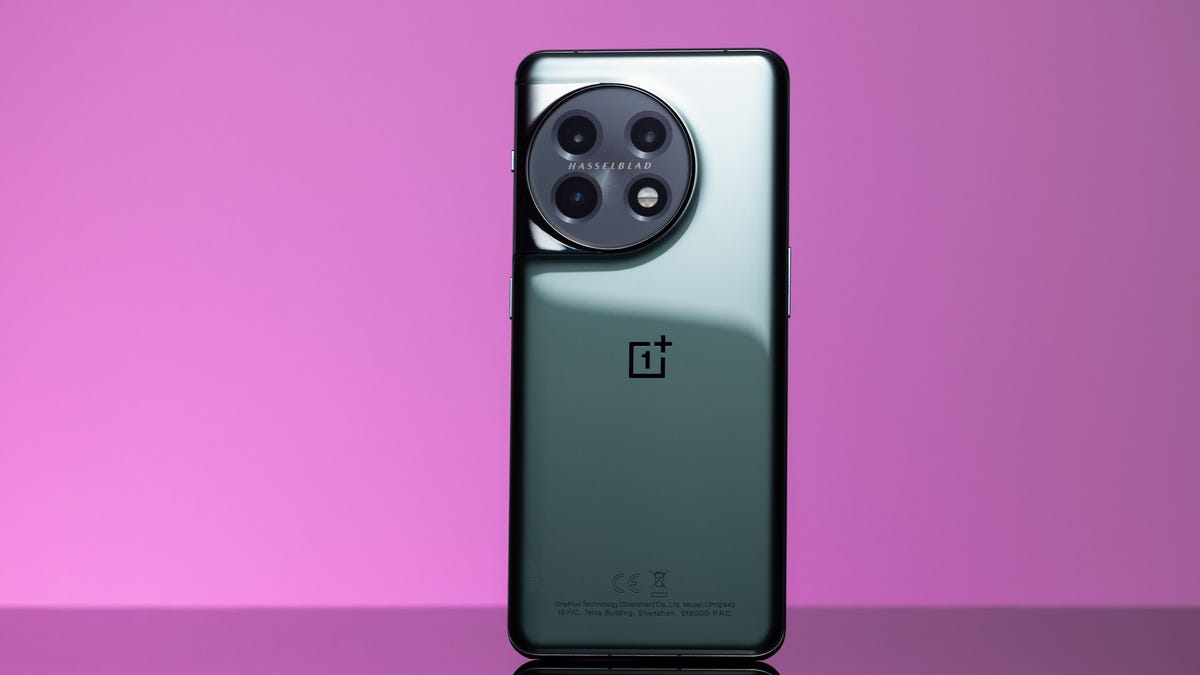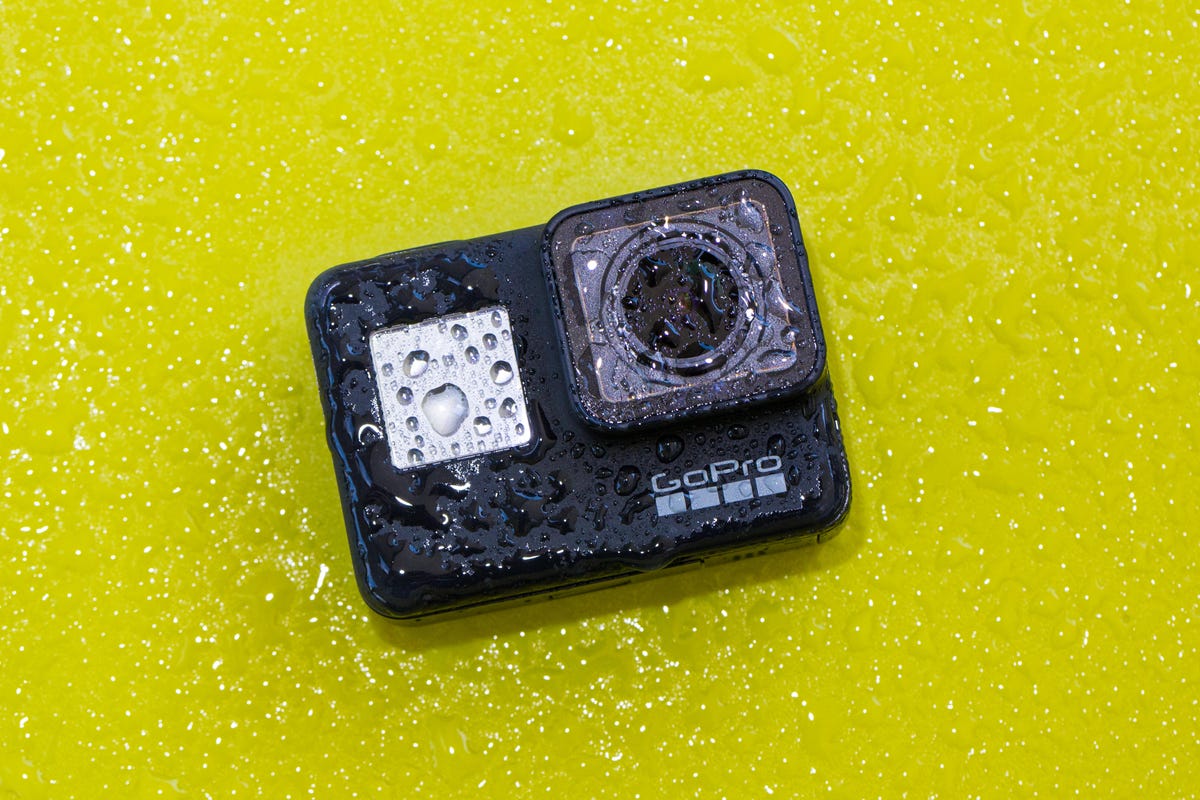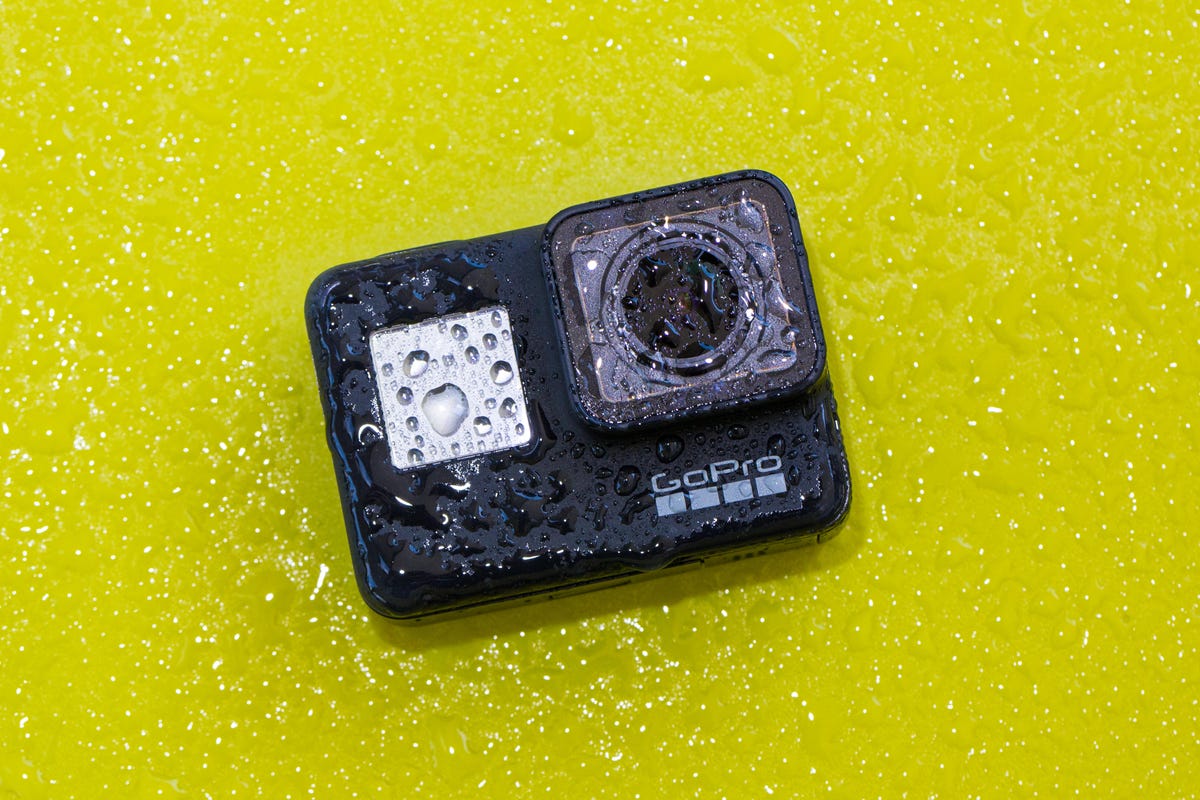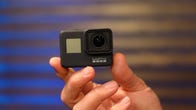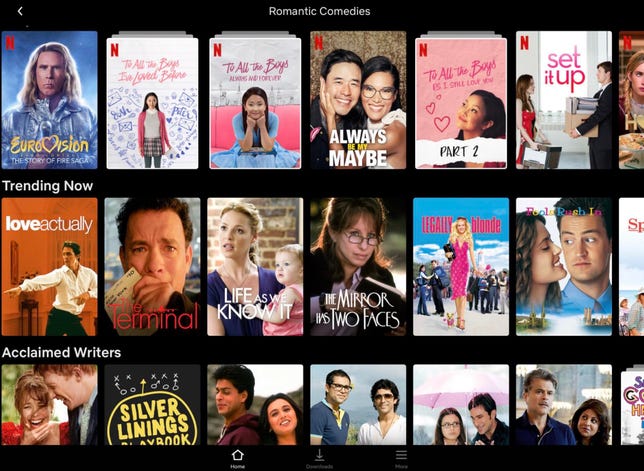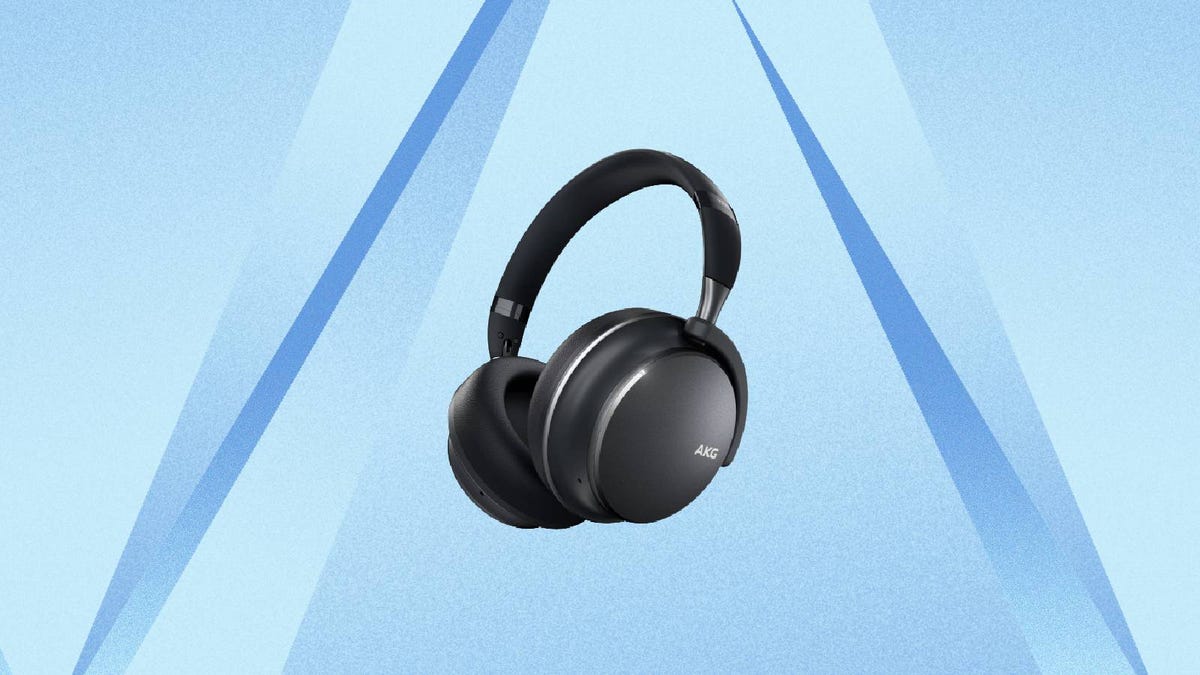Japan won its semifinal game against Mexico in the World Baseball Classic last night in thrilling fashion, coming back from three runs down and punching its ticket to the final with a walk-off, two-run double by Munetaka Murakami, the current home run champion of Nippon Professional Baseball. The US had an easier time in its semifinal game on Sunday, cruising to a 14-2 victory against Cuba behind four innings of one-run ball each by Adam Wainwright and Miles Mikolas, and four RBIs apiece from Paul Goldschmidt and Trea Turner.
It sets up a titanic clash of baseball powers tonight in Miami for the championship game of the World Baseball Classic. The US is the defending champion, winning the last WBC tournament in 2017, and Japan is the only two-time WBC winner with back-to-back titles in 2006 and 2009. Lefty Shota Imanaga will start on the mound for Japan with MLB All-Stars Yu Darvish and Shohei Ohtani available in relief. The US will give the ball to Merrill Kelly, a right-hander who plays for the Arizona Diamondbacks. If Ohtani enters the game in relief, he could face Mike Trout, his Los Angeles Angels teammate.
First pitch for the US-Japan game is scheduled for tonight at 7 p.m. ET (4 p.m. PT) on FS1. Here’s everything you need to know to watch the WBC final, with or without cable.


Mike Trout and Team USA will take on Japan tonight in the championship of the World Baseball Classic.
Daniel Shirey/WBCI/MLB Photos/Getty ImagesWhat are the projected starting lineups for the WBC final?
This was the lineup USA used against Cuba and its southpaw starter:
- Mookie Betts, RF
- Mike Trout, CF
- Paul Goldschmidt, 1B
- Nolan Arenado, 3B
- Kyle Schwarber, LF
- Will Smith, C
- Pete Alonso, DH
- Tim Anderson, 2B
- Trea Turner, SS
Most of the spots are set, but we could see Kyle Tucker in left field in place of Schwarber or J.T. Realmuto behind the plate instead of Smith.
Japan has had success with this lineup throughout the tournament:
- Lars Nootbaar, CF
- Kensuke Kondoh, RF
- Shohei Ohtani, DH
- Masataka Yoshida, LF
- Munetaka Murakami, 3B
- Kazuma Okamoto, 1B
- Tetsuto Yamada, 2B
- Sosuke Genda, SS
- Yuhei Nakamura, C
How can I watch the World Baseball Classic?
You can watch the WBC final on FS1 and Fox Deportes with a live TV streaming service, but keep in mind that not every service carries every network, so check each one using the links below to make sure it carries Fox in your area.
Games can also be streamed live online through FoxSports.com or the Fox Sports app, but you’ll need to authenticate with a cable, streaming or satellite login.
Ric Tapia/Icon Sportswire via Getty Images
You can watch the WBC live at FoxSports.com or the Fox Sports app, but you need to authenticate with a cable, streaming or satellite login. Fox Sports has apps for iOS, Android, Apple TV, Roku, Amazon Fire TV, Google TV and Xbox.
Sling/CNET
Sling’s $40-a-month Blue package includes FS1 but it does not offer Fox Deportes. Read our Sling TV review.
YouTube TV now costs $73 a month ($63 for your first three months) and includes FS1, but not Fox Deportes. Read our YouTube TV review.
Fubo TV
FuboTV’s basic plan costs $75 a month and includes FS1. To watch the Spanish-language broadcast on Fox Deportes, you will need to spring for FuboTV’s $86-a-month plan. Click here to see which local channels you get. Read our FuboTV review.
Hulu
Hulu with Live TV costs $70 a month and includes Fox and FS1. Click the “View channels in your area” link on its welcome page to see which local channels are offered in your ZIP code. Read our Hulu with Live TV review.
Directv stream
DirecTV Stream’s basic, $75-a-month package includes FS1. Fox Deportes is not offered. Read our DirecTV Stream review.
How to use a VPN to watch the WBC from anywhere
If you’re traveling outside your home country and want to watch the WBC, or just want an added layer of privacy for streaming, there is an option that doesn’t require searching the internet for a sketchy website: You can use a VPN, or virtual private network.
With a VPN, you’re able to virtually change your location on your phone, tablet or laptop to get access to WBC broadcasts, which comes in handy if you find yourself unable to view the games locally. A VPN is the best way to stop your ISP from throttling your speeds by encrypting your traffic. Using a VPN is also a great idea if you’re traveling and find yourself connected to a Wi-Fi network, and you want to add an extra layer of privacy for your devices and logins.
If you can’t find a convenient opportunity to watch the WBC where you live, using a VPN with a US-based server should provide access to some or all of the streaming options listed below. Most VPNs, like our Editors’ Choice, ExpressVPN, make it really easy to do this.
Using a VPN to watch or stream sports is legal in any country where VPNs are legal, as long as you’ve got a legitimate subscription to the service you’re streaming. You should be sure your VPN is set up correctly to prevent leaks: Even where VPNs are legal, the streaming service may terminate the account of anyone it deems to be circumventing correctly applied blackout restrictions. See our list of best VPNs for more and check out other great VPN deals taking place right now.
Sarah Tew/CNET
ExpressVPN is our current best VPN pick for people who want a reliable and safe VPN, and it works on a variety of devices. It’s normally $13 per month, and you can sign up for ExpressVPN and save 49% plus get three months of access for free — the equivalent of $6.67 per month — if you get an annual subscription. Note that ExpressVPN offers a 30-day money-back guarantee.
Quick tips for streaming the WBC using a VPN
- With four variables at play — your ISP, browser, video streaming provider and VPN — experience and success may vary.
- If you don’t see your desired location as a default option for ExpressVPN, try using the “search for city or country” option.
- If you’re having trouble getting the game after you’ve turned on your VPN and set it to the correct viewing area, there are two things you can try for a quick fix. First, log into your streaming service subscription account and make sure the address registered for the account is an address in the correct viewing area. If not, you may need to change the physical address on file with your account. Second, some smart TVs — like Roku — don’t have VPN apps you can install directly on the device itself. Instead, you’ll have to install the VPN on your router or the mobile hotspot you’re using (like your phone) so that any device on its Wi-Fi network now appears in the correct viewing location.
- All of the VPN providers we recommend have helpful instructions on their main site for quickly installing the VPN on your router. In some cases with smart TV services, after you install a cable network’s sports app, you’ll be asked to verify a numeric code or click a link sent to your email address on file for your smart TV. This is where having a VPN on your router will also help, since both devices will appear to be in the correct location.
- And remember, browsers can often give away a location despite using a VPN, so be sure you’re using a privacy-first browser to log into your services. We normally recommend Brave.

